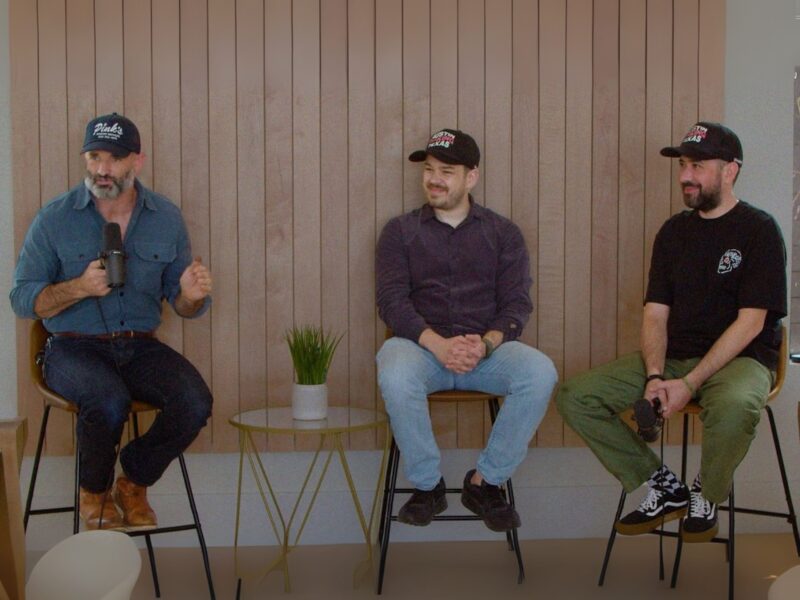As a General Partner at Contrarian Thinking Capital, I spend my days looking for opportunities where others aren’t.
While many in the venture world chase the next big thing in AI or space tech, we’ve found that the most exciting innovations are happening in the places most people overlook: “boring” businesses.
On a recent episode of Lumos House Talks, I sat down with the founders of Blindspot, one of our portfolio companies, to discuss why this is the future.
Table of Contents
Watch The Talk
You can hear the full story and dive deeper into our conversation with the Blindspot team in the full episode below. Or watch it on YouTube by clicking here.
The Real Economy
Let’s start with a simple fact: small businesses are the engine of the U.S. economy. They make up 45% of our GDP.
These aren’t just tech startups; they’re the HVAC companies, the local ad agencies, and the service providers on Main Street.
For decades, these businesses have faced the same friction points and inefficiencies. While enterprise-level software has solved these problems for big corporations, solutions for small businesses have lagged behind.
Their biggest competitor isn’t another company—it’s often a pen, a piece of paper, or a fax machine.
That’s a massive opportunity for digitization.
Generational Shift
There’s a massive shift happening right now that we call the “silver tsunami.” Baby Boomers, who own over 65% of all small businesses in the U.S., are starting to retire. The youngest of them become eligible for retirement next year.
Many of these owners don’t have an exit plan, creating a huge opportunity for a new generation of tech-native entrepreneurs to step in.
These younger founders can bring fresh ideas and modern tools to industries that haven’t changed in decades, transforming them from the ground up.
The New Moat
In today’s world, capital is everywhere, but attention is scarce. Most startups obsess over their product. The best ones obsess over their audience.
This is the core of our investment thesis. We look for companies that understand how to build a community first. When you have a dedicated audience, you have more than just customers—you have a powerful flywheel for growth.
Take HubSpot’s acquisition of The Hustle. They didn’t just buy a newsletter; they bought a direct distribution channel to their ideal customers. They could test new product ideas, get instant feedback, and lower their customer acquisition costs. They reportedly made their money back on that acquisition in less than two years. That’s the power of owning an audience. It’s the new moat.
Conclusion
The future of innovation isn’t just about flashy tech. It’s about solving real-world problems for the businesses that power our daily lives.
By focusing on boring businesses, embracing the generational shift, and building audience-first companies, we can create incredible value.
If you’re a founder or investor looking at the opportunities in 2025 and beyond, don’t overlook the boring. That’s where the real magic is happening.
Follow me on Instagram, X, or Patron View for more.
